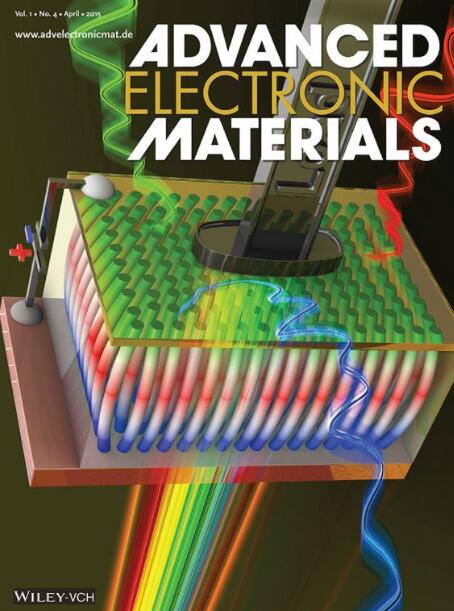Liquid Metals in Radio Frequency Applications: A Review of Physics, Manufacturing, and Emerging Technologies
IF 5.3
2区 材料科学
Q2 MATERIALS SCIENCE, MULTIDISCIPLINARY
引用次数: 0
Abstract
Liquid metal (LM) materials are redefining the design of soft and stretchable radio frequency (RF) devices by combining high electrical conductivity with mechanical reconfigurability. Recent advances demonstrate the use of LM in a wide range of RF components, including inductors, capacitors, antennas, and sensors, where geometry‐dependent electromagnetic properties enable new forms of wearable, bio‐integrated, and adaptive electronics. This review focuses on the underlying physics of RF loss in LM systems, including skin and proximity effects, magnetic and parasitic losses, and the influence of mechanical strain on resonant behavior. Beyond planar designs, emerging LM‐compatible fabrication methods such as freeze casting, 2.5D and 3D printing, and viscosity tuning are explored to construct conformal, high‐performance RF structures. Applications range from deformable Magnetic Resonance Imaging (MRI) coils and reconfigurable antennas to skin‐mounted wireless power transfer systems. The integration of LM with magnetic and dielectric materials to achieve multifunctional RF responses is also discussed. Finally, key opportunities in high‐frequency design, system‐level integration, and scalable soft manufacturing are outlined, positioning LM RF platforms as a versatile foundation for the next generation of communication, sensing, and biomedical technologies.液态金属在射频中的应用:物理、制造和新兴技术综述
液态金属(LM)材料通过结合高导电性和机械可重构性,正在重新定义柔性和可拉伸射频(RF)器件的设计。最近的进展证明了LM在广泛的射频组件中的应用,包括电感器、电容器、天线和传感器,其中几何相关的电磁特性使新形式的可穿戴、生物集成和自适应电子产品成为可能。本文重点介绍了LM系统中射频损耗的基本物理特性,包括趋肤效应和接近效应,磁损耗和寄生损耗,以及机械应变对谐振行为的影响。除了平面设计,新兴的LM兼容制造方法,如冷冻铸造,2.5D和3D打印,以及粘度调整,探索构建保形,高性能RF结构。应用范围从可变形磁共振成像(MRI)线圈和可重构天线到皮肤安装的无线电力传输系统。本文还讨论了LM与磁性和介电材料的集成,以实现多功能射频响应。最后,概述了高频设计、系统级集成和可扩展软制造方面的关键机会,将LM RF平台定位为下一代通信、传感和生物医学技术的通用基础。
本文章由计算机程序翻译,如有差异,请以英文原文为准。
求助全文
约1分钟内获得全文
求助全文
来源期刊

Advanced Electronic Materials
NANOSCIENCE & NANOTECHNOLOGYMATERIALS SCIE-MATERIALS SCIENCE, MULTIDISCIPLINARY
CiteScore
11.00
自引率
3.20%
发文量
433
期刊介绍:
Advanced Electronic Materials is an interdisciplinary forum for peer-reviewed, high-quality, high-impact research in the fields of materials science, physics, and engineering of electronic and magnetic materials. It includes research on physics and physical properties of electronic and magnetic materials, spintronics, electronics, device physics and engineering, micro- and nano-electromechanical systems, and organic electronics, in addition to fundamental research.
 求助内容:
求助内容: 应助结果提醒方式:
应助结果提醒方式:


